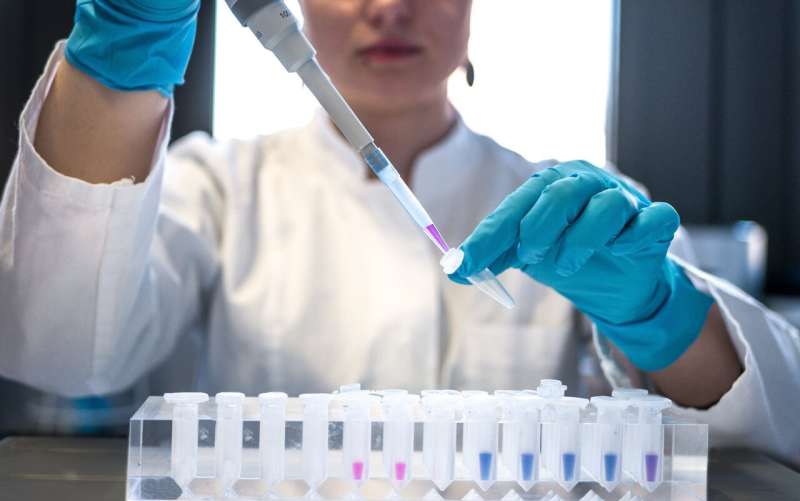Hospital superbugs use thin stretchy fibers to attach to surfaces and cause infections

The antibiotic-resistant Acinetobacter baumannii bacterium is one of the most globally harmful bacteria that causes hospital-acquired infections. Researchers at the University of Turku have discovered that the bacterium spreads by attaching to surfaces using ultrathin stretchy fibers. The researchers also revealed how these fibers are formed on the bacterial surface and suggested new approaches to prevent bacterial infections. The new findings have been published in Nature.
Infections related to hospitals and medical devices cause major health care problems worldwide. These infections are associated with the ability of pathogens to colonize both biotic and abiotic surfaces.
"The pan-antibiotic resistant Acinetobacter baumannii is one of the most troublesome pathogens for health care institutions globally and currently tops the World Health Organization's priority pathogens list for the development of new antibiotics," says the Head of the Joint Biotechnology Laboratory Anton Zavialov from the MediCity Research Center at the Faculty of Medicine, University of Turku, Finland.
Zavialov's research group, consisting of the Doctoral Researcher Henri Malmi and Senior Researchers Natalia Pakharukova, Minna Tuittila, and Sari Paavilainen discovered unique surface structures that enables Acinetobacter baumannii and related pathogenic bacteria to colonize medical devices and infect patients.
"This discovery may help fighting many bacterial infections, because the same surface attachment mechanism is used by many important bacterial pathogens, including Pseudomonas aeruginosa, the second top priority pathogen on the WHO list," says Zavialov.
Bacterium attaches to surfaces using ultrathin stretchy fibers
Acinetobacter baumannii is capable of colonizing medical devices by means of archaic chaperone-usher (ACU) pili. ACU pili are hair-like protein fibers found on the surface of many pathogenic bacteria.
Using cryo-electron microscopy, the researchers found that the pili have a unique ultrathin zigzag architecture. The fibers firmly attach the bacterium to various biotic and abiotic surfaces with tiny sticky finger-like structures at their ends. Once the sticky fingers grip the surface, the fiber is difficult to detach because it can stretch by changing its conformation from the zigzag to linear shape.
"This phenomenon is well known to sailors. It is now common to use stretchable elements in mooring lines to dock boats safely in relatively rough water. If you imagine a bacterium the same size as a human, then the attachment fibers of this giant bacterium will still be 100 times thinner than human hands. The ability to stretch is critical for such thin fibers to withstand high shear forces which bacteria experience in their environment," Zavialov explains.
"Our results suggest that the unique zigzag structure of the fibers also plays an important role in their secretion to the bacterial surface. Fibers are secreted from the inside of the bacterium through its outer membrane in the extended linear conformation. On the surface, they change their conformation to the zigzag shape, which prevents them from slipping back into the bacterium. Theoretically, we can develop drugs preventing this conformational change. Such drugs would block fiber biogenesis, abolishing bacterial attachment," Henri Malmi concludes.
More information: Natalia Pakharukova et al, Archaic chaperone-usher pili self-secrete into superelastic zigzag springs, Nature (2022). DOI: 10.1038/s41586-022-05095-0
Journal information: Nature
Provided by University of Turku




















